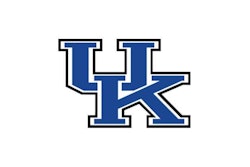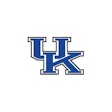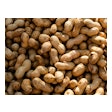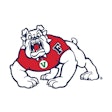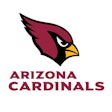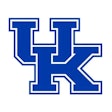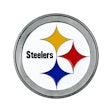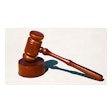Copyright 2014 Gannett Company, Inc.
All Rights Reserved
Major League Baseball has decided not to ban home-plate collisions after all, only to outlaw the ones deemed "egregious."
In a compromise with the players association, which was concerned there wouldn't be enough time to train runners and catchers before the season started, baseball implemented a rule Monday aimed at protecting catchers while allowing most collisions.
Rule 7.13, which is deemed experimental and subject to adjustments during the season, establishes pathway guidelines for catchers (or whoever is covering the plate) and incoming baserunners.
Runners trying to score will not be allowed to change their path to the plate to initiate contact. If they do, they will be called out and are subject to discipline, including ejection, a fine and even a suspension.
The rule also forbids catchers from blocking the plate unless they possess the ball. Violators also will be subject to discipline, and the runner whose path was blocked will be called safe.
The umpire's call on the play is subject to replay review without requiring a challenge.
"Our goal is to eliminate the vicious hits, for a baserunner to go and instead of targeting home plate he's going to target the catcher, like in the (Buster) Posey case," said Joe Torre, MLB's vice president of baseball operations, who has been briefing teams on the collision rule and the expanded use of replay.
Posey, the San Francisco Giants All-Star catcher, suffered a broken leg and torn ankle ligaments in a home-plate collision with Scott Cousins in May 2011, prompting the call for safety measures for catchers.
MLB officials said during the winter meetings in December they hoped to ban most collisions at the plate in time for the season, but such a move received mixed reviews, even from catchers.
"I disagree with it," Boston Red Sox catcher A.J. Pierzynski told USA TODAY Sports last weekend. "I understand why they're doing it, but next they're going to tell us that you can't slide into the guy at second base.
"There are going to be plays at the plate, late in games, where you need to block the plate, saving a run that ultimately gets your team into the playoffs. And not given that opportunity is unfair.
"I understand why the rule is made, but I wish there was a better way to go about it."
The new guidelines still allow runners to initiate contact if the catcher has the ball and is blocking the plate. Runners don't have to slide, but those who do won't be found in violation of the rule.
"He can run into (the catcher), but he can't elbow him, shoulder him," Torre said, "and that's where the replay stuff is going to come in."
Derek Norris of the Oakland Athletics said he had heard from fellow catchers who wanted contact to remain part of the game.
"A lot of them (agreed) we need to implement a system where they can't go out of the way to harm you when you're not really in the play, and I think that's kind of what we got," Norris said.
Contributing: Bob Nightengale in Florida.
Terms and Conditions Privacy Policy













